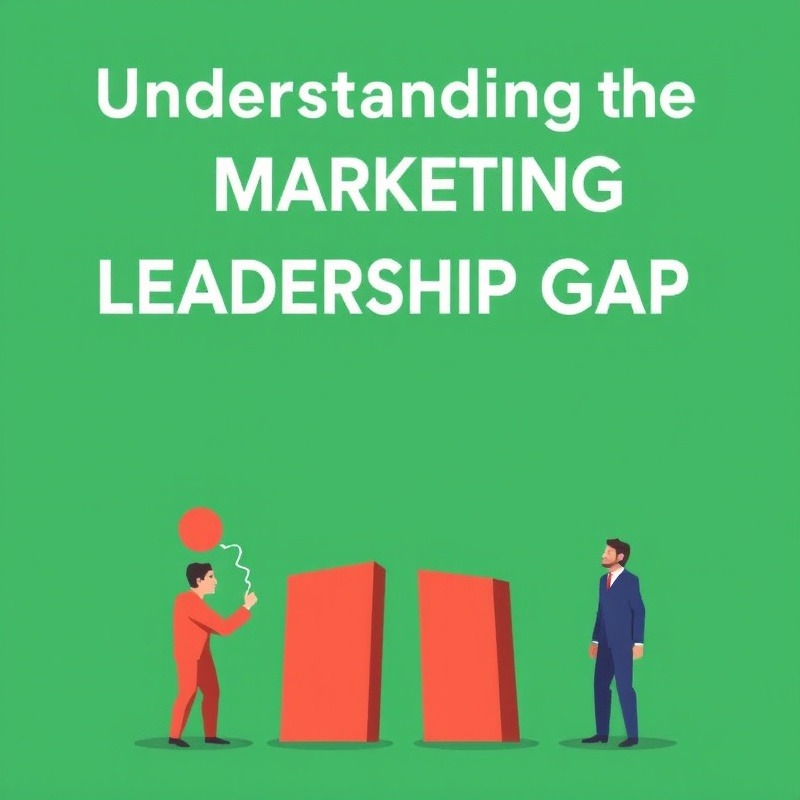
Understanding the Marketing Leadership Gap
In the ever-evolving landscape of business, marketing leadership plays a pivotal role, especially for small businesses aiming to grow and thrive. Many of these businesses often find themselves stuck in a rut, not due to a lack of marketing tools, but because they lack cohesive leadership to guide their marketing strategies. This leadership gap leads to fragmented efforts that fail to align with the overarching business goals.
The Key to Effective Marketing Leadership
Strong marketing leadership involves aligning all marketing efforts to support the overall business objectives, ensuring every initiative contributes to measurable growth. For small businesses, this alignment ensures that their often-limited resources are utilized efficiently, focusing on building trust through consistent content marketing and optimizing foundational elements like messaging and website functionality.
The Future of Marketing and Necessary Shifts
Looking towards the future, small businesses need to adopt a long-term marketing strategy that is scalable and reliable. Marketing should be viewed not merely as a cost but as a valuable asset that can increase the company's attractiveness for future opportunities. While agencies and fractional CMOs have traditionally filled this leadership gap, they need to evolve by adopting the role of strategic architects rather than mere executors of marketing tasks. Moreover, while AI can assist in execution, the strategic vision must come from human leadership.
Actionable Steps to Bridge the Gap
To overcome the marketing leadership gap, businesses should start by addressing foundational issues and implementing a repeatable marketing system. This system will pave the way for consistent results and equip businesses to approach marketing as a strategic asset. For small businesses wanting affordable strategic guidance, services such as fractional CMOs can offer valuable leadership insights without a full-time commitment.
Closing Thoughts
By closing the marketing leadership gap, small businesses can achieve sustainable growth and success well beyond 2025. It’s a journey that requires dedication and a willingness to adapt, but the rewards can be substantial in establishing scalable and successful enterprises.
 Add Row
Add Row  Add
Add 




Write A Comment